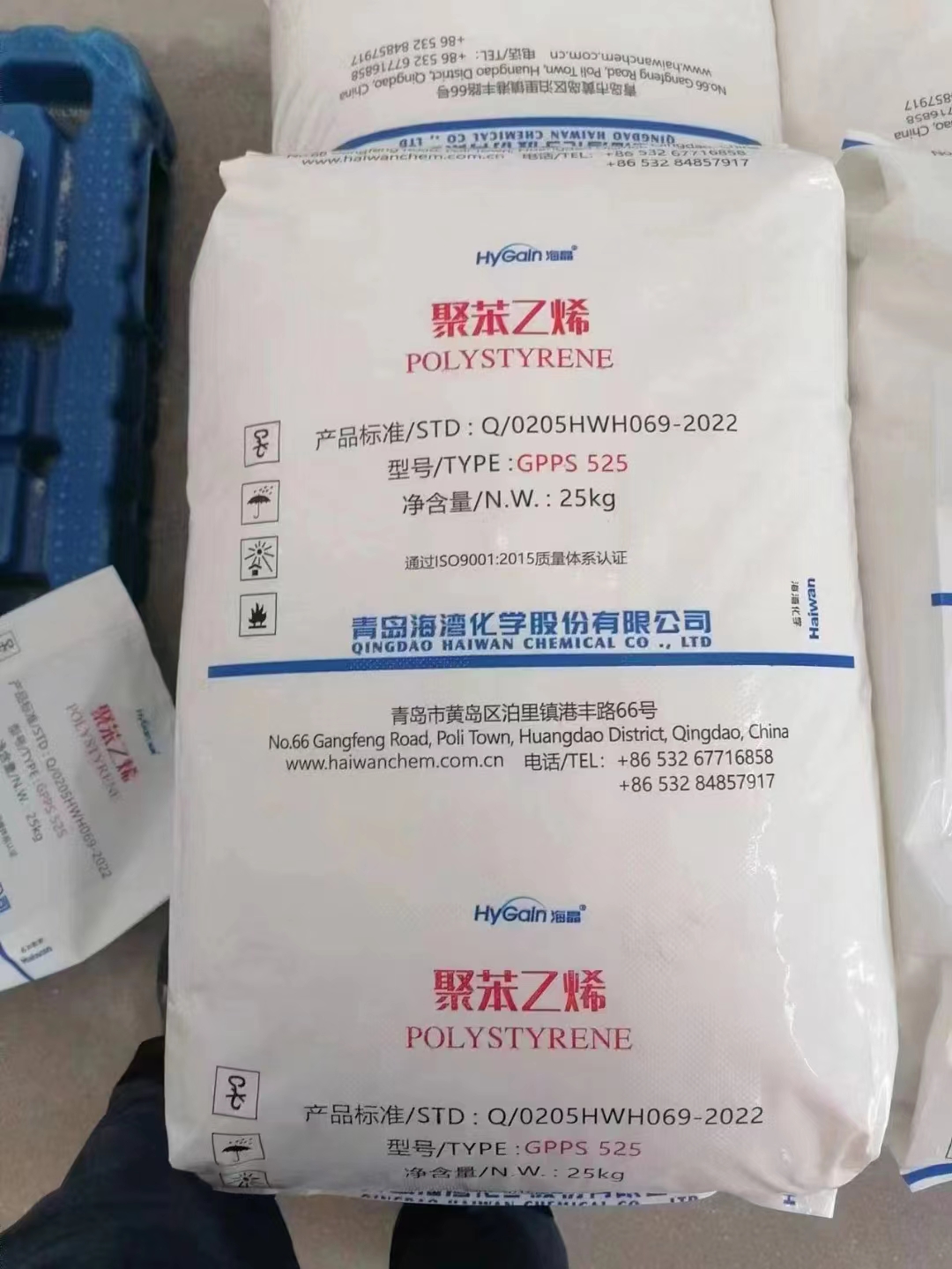ABS resin not only has the excellent mechanical properties of toughness, hardness, rigidity and equilibrium, but also has good dimensional stability, surface gloss, low temperature resistance, coloring performance and processing fluidity. Excellent performance, high cost performance makes ABS resin the best choice for air conditioning panels.
ABS is a graft copolymer of acrylonitrile (Acrylonitrile), 1,3-butadiene (Butadiene), and styrene (Styrene). Its molecular formula can be written as (C8H8·C4H6·C3H3N)x, but actually it is often a mixture of a butadiene-containing graft copolymer and an acrylonitrile-styrene copolymer, in which acrylonitrile accounts for 15% to 35%. Butadiene accounted for 5%~30%, styrene accounted for 40%~60%, and the most common proportion of ABS for emulsion method was A:B:S=22:17:61, but the proportion of B in bulk ABS was often higher. Low, about 13%. ABS plastic molding temperature is 180-250 °C, but it is best not to exceed 240 °C, when the resin will decompose.
However, ABS can produce photo-corrosion effects under the irradiation of light sources. After the irradiation of the light source, the structure of the trace color material in the ABS material changes, making the color of the ABS resin white, and if the material is light in color, the whitening effect can be easily found.
When an ordinary white ABS material is used as a hidden display panel, the display number will remain on the panel for 1 to 2 days if the number does not change. The color of the digital stroke area is light, and it is very obvious to the light source. . If the monitor is adjusted to other numbers, the display color difference will appear with the strokes that have not appeared in 26.5. The color of strokes that have not appeared is deep, which affects the visual beauty and brand image. This characteristic of ABS makes it a great risk to use the hidden design of the white air conditioner in the display.









